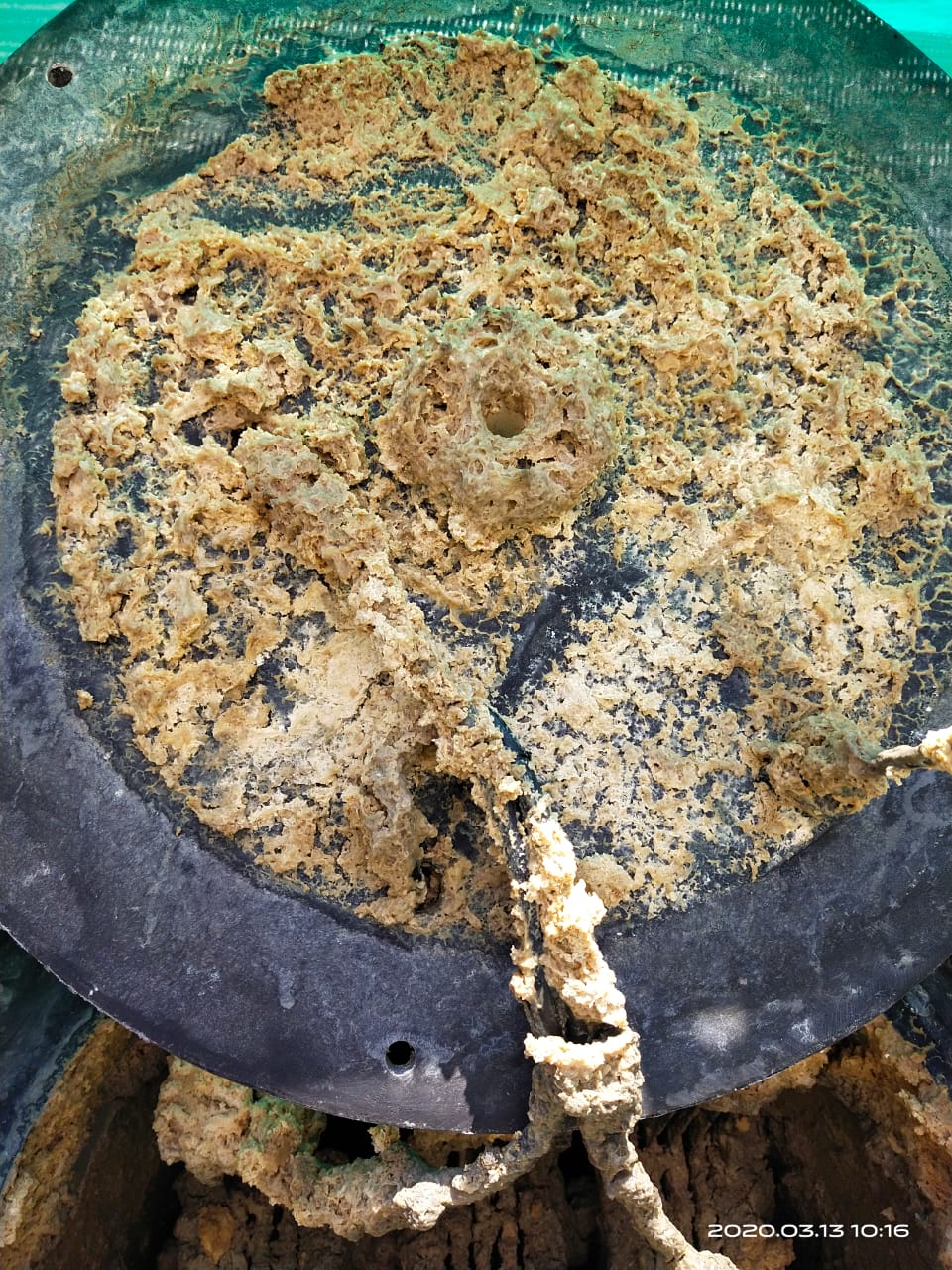
April 21, 2020 20:20 by
 admin
admin
WASTE WATER TREATMENT BY USING ELECTROLYTIC METHOD
Wastewater treatment is a process used to remove contaminants from wastewater or sewage and convert it into an effluent that can be returned to the water cycle with minimum impact on the environment, or directly reused. The latter is called water reclamation because treated wastewater can be used for other purposes. The treatment process takes place in a wastewater treatment plant (WWTP), often referred to as a Water Resource Recovery Facility (WRRF) or a Sewage Treatment Plant (STP). Pollutants in municipal wastewater (households and small industries) are removed or broken down.
The treatment of wastewater is part of the overarching field of sanitation. Sanitation also includes the management of human waste and solid waste as well as storm water (drainage) management.[1] By-products from wastewater treatment plants, such as screenings, grit and sewage sludge may also be treated in a wastewater treatment plant. The treatment shall be used by Electro Coagulation and Electro Oxidation Method. Mostly people are using the newly innovated concept of Electrolytic Effluent Treatment Plant(e-ETP) or Electrolytic Sewage Treatment Plant (e-STP). The attached image is self explanatory.
